What is the best workout for weight loss? Fat burning vs cardio – there is a difference, but which is best for especially weight loss after 40? Knowing the differences and utilizing both types of workouts can be crucial for reaching fitness goals.
Heart rate zones play an important role in defining the workout results. What are heart rate zones and how do they impact your weight loss?
Let’s start with the basics. Have you ever used a cardio machine such as a treadmill or elliptical? Whether you have used one of these machines at the gym or at home, you have probably noticed that they either have a heart rate monitor chart and maybe even a monitor for you to check your heart rate. These charts and monitors are there to help you reach and stay within your target heart rate zone.
Your target heart rate zone is the zone in which you should aim to have your heart rate in during your workout. These ranges will vary (depending on your weight, age, overall health, etc.)
Fat Burning vs. Cardio
What are the Four Training Zones?
There are actually 4 different training zones that anyone working out should be aware of. The heart rate monitor charts we talked about before? Here is where they come in. It’s how you can tell if you are within these particular training zones.
So what are these four training zones and how can you expect to feel while you are in each of them?
- The Warm Up Zone
The warm up zone is where you should aim to be for your warm up (obviously), in order to get your cardio-respiratory symptom prepared for your upcoming workout. The warm up zone should be done at between 60 and 70 percent of your maximum heart rate while in this zone. This allows you to keep a comfortable pace at a longer period of time without strain.
- Fat Burning Zone
The fat burning zone is when you are working out at between 70 and 80 percent of your max heart rate. This zone gets your heart rate up and is less comfortable than the warm up zone, you can expect to breathe pretty heart and you will probably sweat a bit. Treadmill workouts such as these are great for getting and staying in the fat burning zone.
- Aerobic Zone
The aerobic zone is when you are working out between 80 and 93 percent of your max heart rate. This is the zone in which you can expect to not be able to hold a conversation well because you will be breathing too hard due to working out at higher intensities. This is the absolute best zone for burning body fat and it’s also great for your heart health. This 30 min no equipment workout would be perfect for this zone.
- Anaerobic Zone
Want to push yourself to the absolute maximum that you can? That’s what the anaerobic exercise zone is. In this zone you will be breathing too hard to talk at all. You want to be sure not to stay in this zone for long because you are at the top of your maximum heart rate. This cardio workout is a great option for this zone.
Finding your target heart rate zone helps you to reach the maximum fat burning intensity during your workout. This is the cardio zone in which you will be able to burn more fat than carbs, which is imperative if your goal is weight loss.
What is the Science Behind the Target Heart Rate Zone?
Let’s get a little bit more specific, shall we? The maximum fat burning heart rate zone is when you have reached 55 to 70 percent of your maximum heart rate during your workout. Basically, you want to put in 55 to 70 percent of your maximum effort for a period of time in order to get the best results. So, in a nutshell, this is how to describe the “Target Heart Rate Zone.”
How to Calculate Your Target Heart Rate Zone
Calculating your target heart rate zone can be confusing at first. To figure this out, we have put together some step by step directions to help you understand how to figure it out:
- Determine your maximum heart rate. To do this, subtract your age from 220. (Example: If you are 40 years old, your maximum heart rate would be 180). This number equals the maximum heartbeats per minute.
- Now that you have your maximum heart rate, you are ready to calculate your desired target heart rate zone. For moderate fat burning exercise this should be between 50 to 70 percent of your maximum heart rate. For more intense exercise this should be 70 to 85 percent of your maximum heart rate.

How to Measure Your Heart Rate to See if You Are in the Target Heart Rate Zone
Here is a step by step on how to measure to see if you are in the target heart rate zone:
- Begin your workout
- Briefly stop exercising
- Take your pulse. To do this, place two fingers on your wrist close to your thumb. Counting the number of pulses you feel.
- Multiply the number of pulses by four.
Or, if you don’t want to do all of that, you can use a smart watch like this or activity tracker.
What is the Fat Burn Zone?
The “fat burn zone” differs slightly from the target heart rate zone in that the percentage that you are seeking to reach is a bit higher for maximum fat burning benefit.
The theory with the “fat burning zone”’ is that it helps you lose weight burning the body’s fat storage as opposed to glycogen (carbohydrates). This helps create more fat burning due to the fact that the body does not require that fast carb burning energy, which means you can burn more fat in a shorter amount of time.
Does the Fat Burn Zone Burn More Fat?
If your goal is fat loss, it is important to note that the target heart rate zone isn’t the only thing that you need to focus on while exercising. The reason for this is that if you focus on doing more of a high-intensity workout, you’ll burn even more calories than if you do a low-intensity workout for a long period of time, while staying in the low the target heart rate zone.
While your initial workout should be based around your health and current fitness level, it’s good to know that the amount of calories that you can burn while doing a high intensity, or HIIT workout is quite a bit more than the low-intensity workouts that you have learned in the past.
What is High-Intensity Interval Training?
HIIT or High-Intensity Interval Training is an exercise style that involves short bursts of high intensity exercise, with brief rest (or recovery) periods. These are done in quick succession, typically only being 20-45 seconds each period. Keep in mind that you should keep these periods shorter than 75 seconds. There is no singular way to accomplish a HIIT workout as there are many different styles and routines. As a matter of fact, many fitness enthusiasts make up their HIIT workouts on their own.
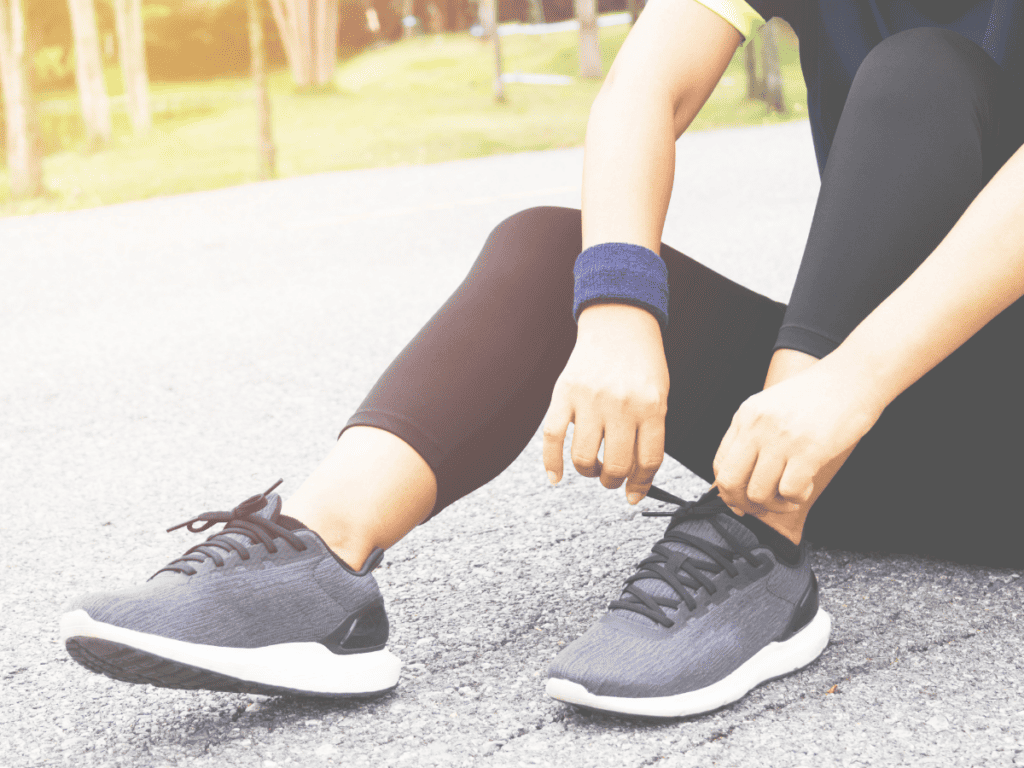
For maximum fat burning, you should aim for doing High-Intensity Interval Training workouts. For the best results with HIIT, the sweet spot for your heart rate is to keep it at 70 percent to 90 percent of max heart rate during the short intervals and back down to around 60 percent during the “rest” intervals.
HIIT workouts help to burn more calories than if you were to just do lower intensity exercise. It is often compared to walking vs. running. You can burn calories while walking, yes, but you will burn more by running.
If you are new to HIIT, the American College of Sports Medicine suggests starting with just one session per week.
How HIIT Helps with Fat Loss
Many studies have been done which have shown the benefits of HIIT workouts, including the increase of cardiorespiratory endurance and as a result, fat burning and weight loss with minimal loss of muscle as sometimes happens with weight loss. This, of course, is with proper nutrition in addition to the HIIT workouts. A meal plan such as these will help with the nutrition part of your progress.
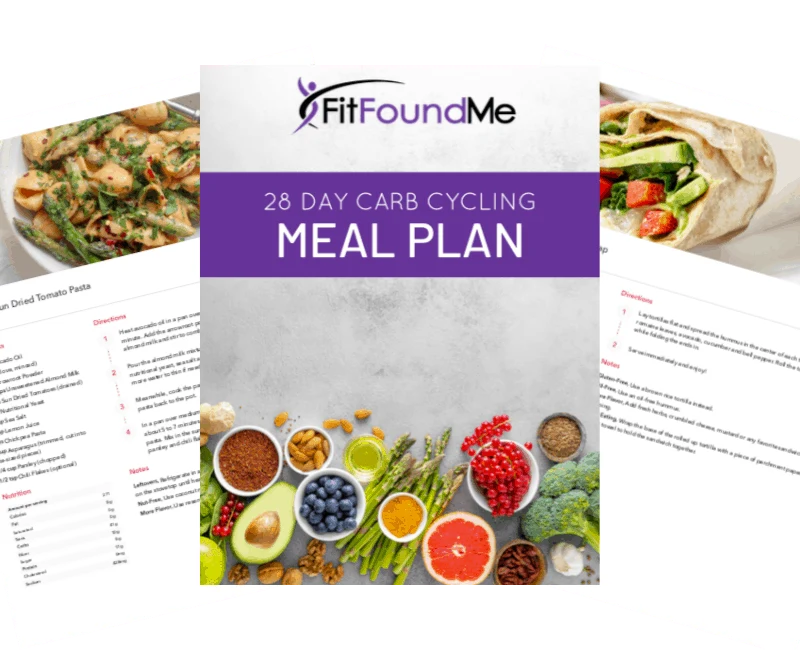
28 Day Carb Cycling Meal Plan: 1200-1500 Calories
Looking to get fit and healthy while still enjoying your favorite foods? Look no further than Fit Found Me’s carb cycling meal plan!
Our meal plan is designed to help you achieve your fitness goals by strategically cycling your carbohydrate intake, resulting in increased fat burning and energy levels. Plus, with our delicious and satisfying meals, you’ll never feel like you’re sacrificing taste for health.
Whether you’re a seasoned athlete or just starting your fitness journey, our meal plan is perfect for anyone looking to get in shape and feel great. With a wide variety of meals to choose from, you’ll never get bored and will always be on track towards your goals.
So why wait? Join the thousands of satisfied customers who have achieved their dream bodies with Fit Found Me’s carb cycling meal plan. Order now and start seeing results today!
See FULL description BELOW
Safety and Other Concerns with HIIT Workouts
There are, of course, safety concerns with HIIT exercises, especially if you are new to working out.
Make Sure You Cool Down After Each Workout
After any intense workout, a cool down is imperative. Cooling down with a walk (or even walking in place), can help bring your heart rate safely and in a way that would encourage your blood pressure dropping at a safe pace. Cooking down properly can also help you avoid getting dizzy or faint.
It’s proven you can lose weight by walking every day for 30-45 min. This would also be a great way to get a good cool down in after working out.
Expect Sore Muscles
We all know that after-workout muscle burn, right? It hurts, but in a good way, right? Okay, seriously sometimes it just plain hurts. It’s easy to use this pain as an excuse to skip one workout and then another and another. Don’t allow your sore muscles to give you an excuse to give up. You can do this!
Avoid Burnout
If you have a weight loss goal to meet, a solid workout routine is important to keep up on. That being said, higher intensity workouts can become exhausting and can create burnout. To avoid this, be sure and continue to vary your workouts and give yourself the appropriate amount of rest and recovery time. Like with most other things in life, balance is key.
What happens if you mix HIIT workouts with Moderate or Lower Intensity Workouts?
If you are looking for the best way (and most sustainable) to burn fat and lose weight is to vary your workouts. Mixing HIIT workouts with moderate workouts or lower intensity level exercises is a great way to accomplish this. Varying the intensities of your workouts throughout the week, keeps your body guessing and working hard to burn calories and burn muscles.
Many fitness enthusiasts and professionals recommend doing your high intensity interval training exercises every third day while using the rest of the days for your more moderate workouts.
Again, it is very important to not forget that while exercise is a big part of losing weight and getting fit includes exercise, it is far more than that. All of the following factors need to be a part of your fitness journey in order to get the best results:
- Good nutrition
- Getting the appropriate amount of sleep
- Keeping your stress levels down
- Staying hydrated
- Taking time to recover
It all boils down to this. A high intensity cardio workout will go far toward burning fat calories and changing your body composition or also known as body recomposition. A lower intensity workout can be beneficial to you as well but you will need to expect to exercise for a longer duration.
Having a purpose to your workout plan will help you be more successful in your workouts without wasting time and energy on workouts without results.

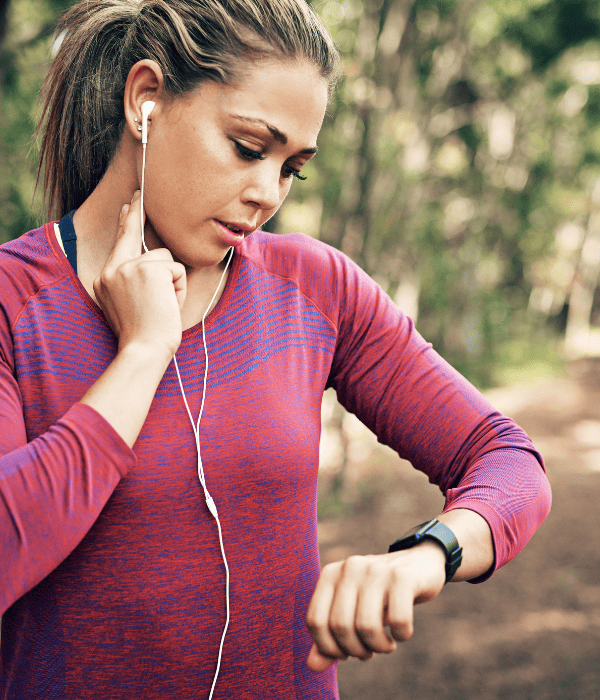

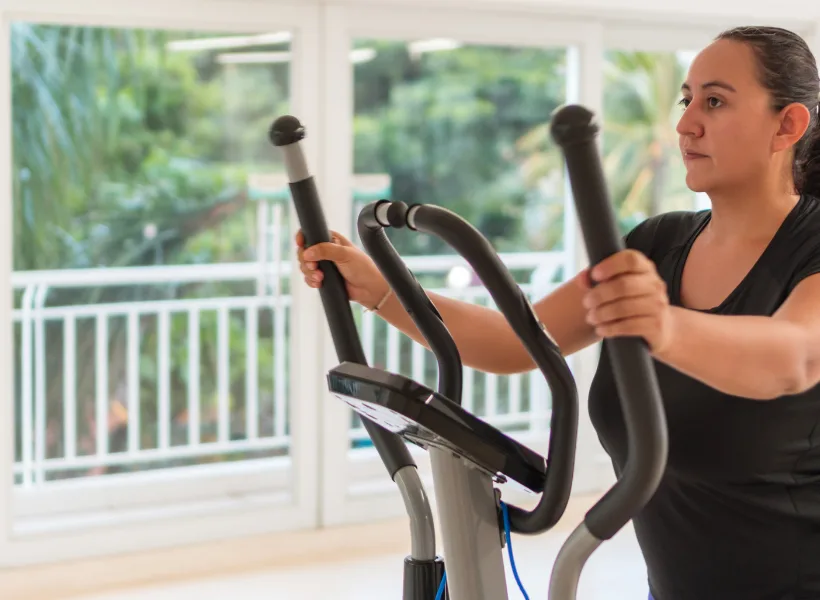
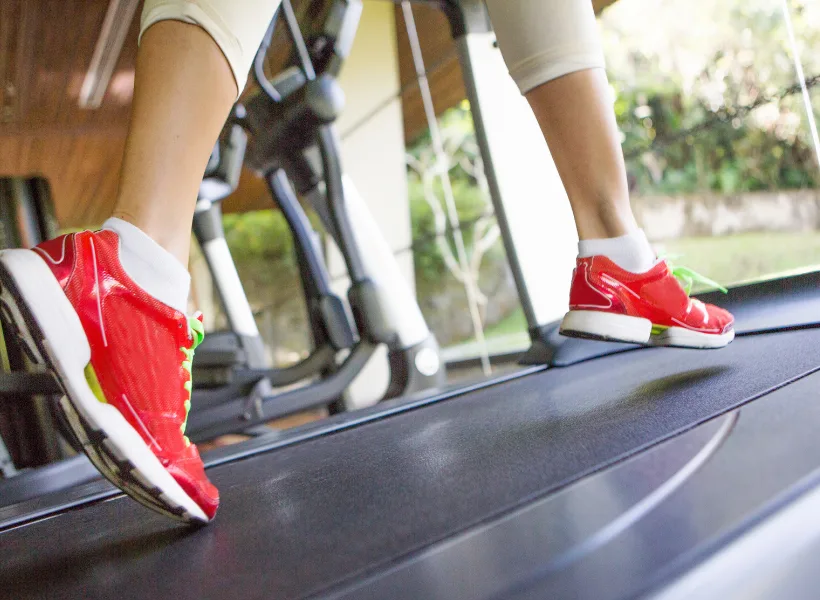
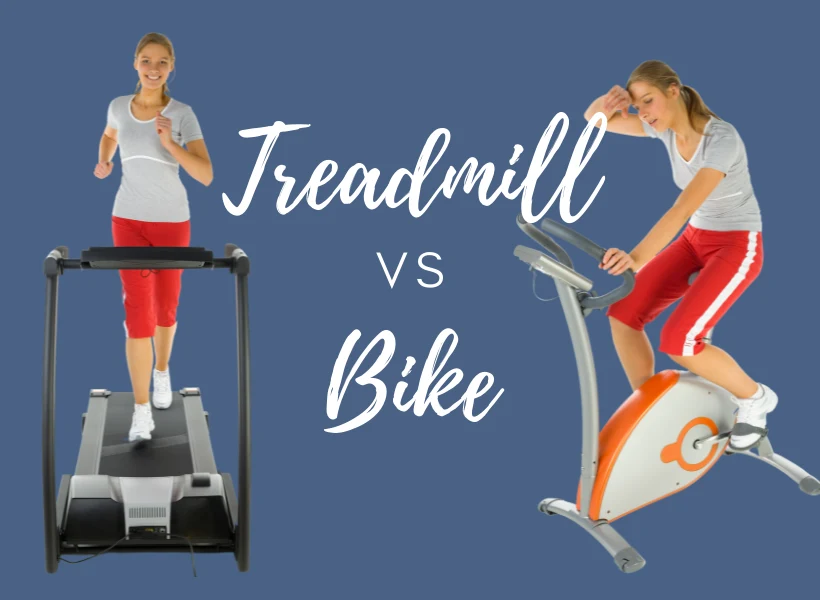
binance open account
Friday 6th of June 2025
I don't think the title of your article matches the content lol. Just kidding, mainly because I had some doubts after reading the article.